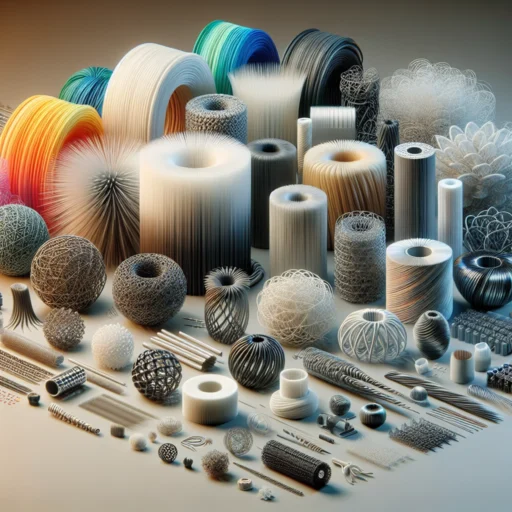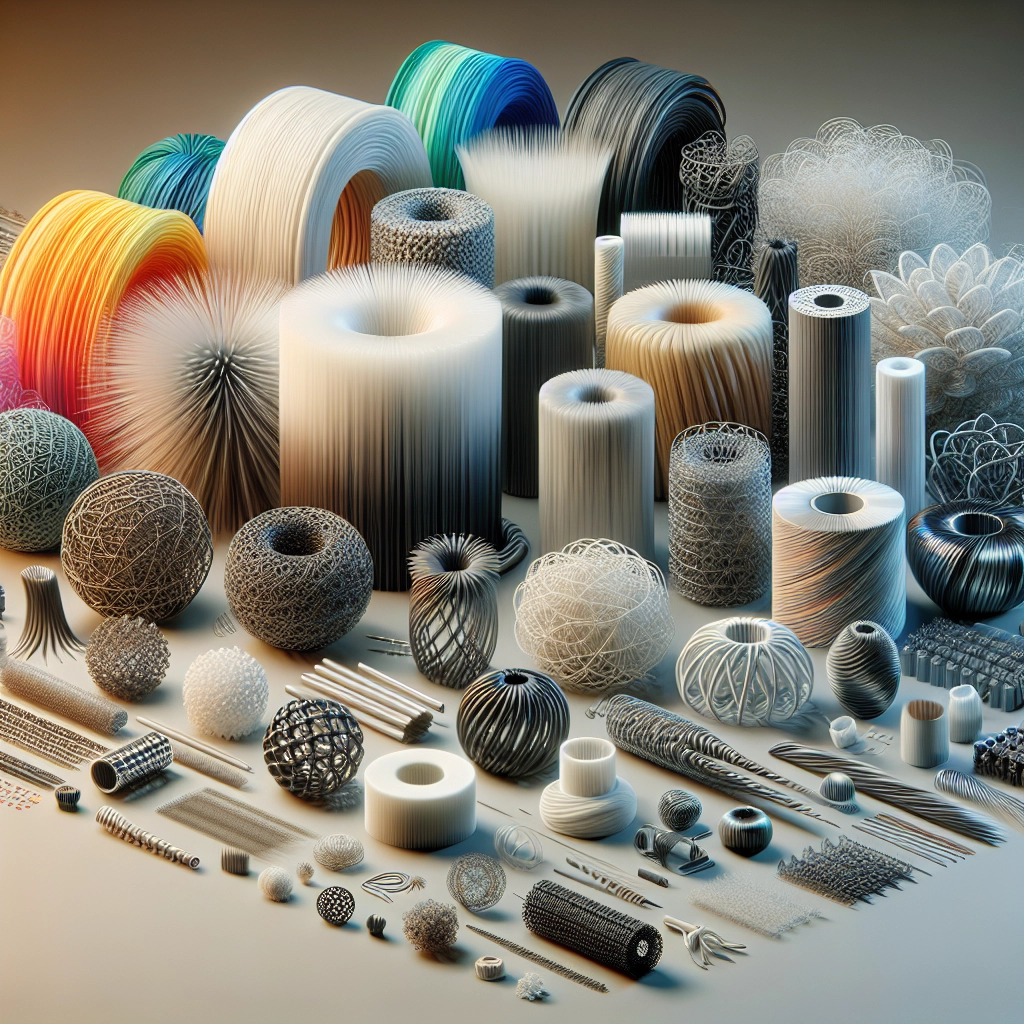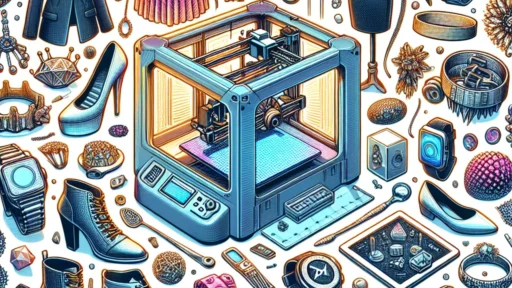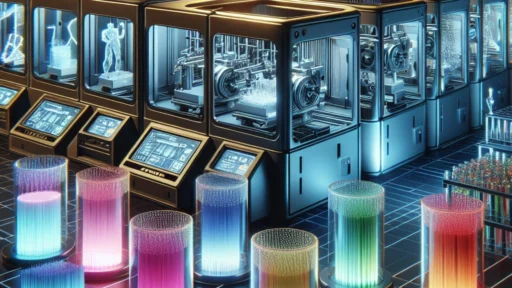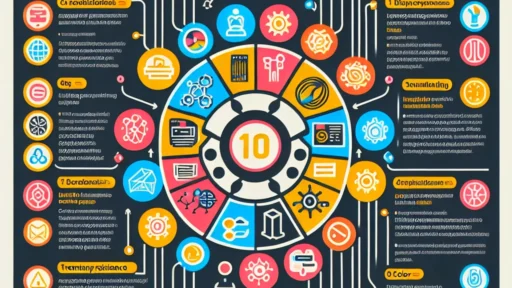An Overview of Flexible and Multi-Material Filaments
3D printing has taken the world by storm, transforming how we create and manufacture a myriad of products. One of the more exciting advancements in this field is the expansion of filaments that offer unique properties. Among these are flexible and multi-material filaments that bring versatility and creativity to your printing projects. If you’ve been eyeing those awesome, bendable phone cases or robust prototypes with varying textures, you’re in for a treat—let’s dive into what these filaments can do!
What are Flexible Filaments?
Flexible filaments, as the name implies, are materials designed to produce prints that can bend and stretch without breaking. The most common flexible filament is TPU (Thermoplastic Polyurethane), known for its rubber-like quality. Its properties allow it to be used effectively in applications where you need a product that can withstand impacts or squeezes—think phone cases, custom gaskets, toys, and even wearables.
What makes flexible filaments so appealing is their ease of use. Unlike traditional, rigid filaments that require careful handling, TPU can be printed with relative ease on most standard FDM (Fused Deposition Modeling) printers. You just need to make sure to adjust your print settings a bit: slower speeds, a lower nozzle temperature, and a properly calibrated extruder can go a long way to successful prints.
Benefits of Flexible Filaments
The benefits of these filaments extend beyond mere flexibility. Here are a few highlights:
- Durability: TPU is not just soft; it’s tough. It can endure wear and tear, making it ideal for functional prototypes and end-use products.
- Customizable Properties: Depending on the blend, you can find flexible filaments that range in hardness, stretching capabilities, and printing characteristics. This versatility gives designers the freedom to choose the right filament for their specific application.
- Aesthetic Variety: Many flexible filaments come in a range of colors and finishes, allowing for beautiful designs without sacrificing functionality. This is especially important for products aiming for high visual appeal.
- Ease of Adoption: Many 3D printing enthusiasts and professionals are finding that they can easily adapt their machines for flexible filament printing. Most printers only require minor modifications.
Multi-Material Filaments: A Step Further
Moving on to multi-material filaments, these are a bit of a game-changer in the 3D printing world. While flexible filaments shine in specialty applications, multi-material filaments take your designs to a whole new level by allowing two or more types of materials to be printed in a single piece.
Imagine printing with hard plastic on one part of the model for structure while using a flexible filament for a grip or a softer part. This duality can yield products that are not just functional but also aesthetically unique. Multi-material filaments often come pre-loaded with specific blends of materials, such as PLA combined with TPU, letting you easily print complex designs without needing to switch filaments mid-print.
Benefits of Multi-Material Filaments
The multi-material approach offers numerous advantages:
- Enhanced Functionality: The ability to combine different materials means you can create products that serve multiple functions, such as a flexible hinge on a rigid case, increasing the overall utility.
- Improved Aesthetics: Multi-material printing opens the door to creative designs that were once complicated or impossible, offering the freedom to explore new artistic avenues.
- Weight Optimization: Using a combination of lightweight and heavy materials, you can create parts that are strong yet light, which is especially useful in industries like automotive or aerospace where weight is a critical consideration.
Challenges and Considerations
Of course, no good thing comes without its challenges. Printing with flexible and multi-material filaments can require a bit more finesse. Adjusting the printer settings for different materials, ensuring compatibility between filaments, and maintaining proper extrusion rates can be daunting for newcomers. A little patience and experimentation seem essential, but with persistence, the results can be truly rewarding.
Wrapping Up
As technology continues to evolve, the possibilities with flexible and multi-material filaments are growing exponentially. They offer new avenues for creativity, efficiency, and the ability to produce practical, functional items that cater to specific needs. Whether you are a seasoned 3D printing guru or just stepping into this exciting world, embracing these innovative materials can elevate your projects and bring your ideas to life in ways you might not have thought possible. So go ahead, take the plunge—your next masterpiece might just be a roll of flexible or multi-material filament away!


